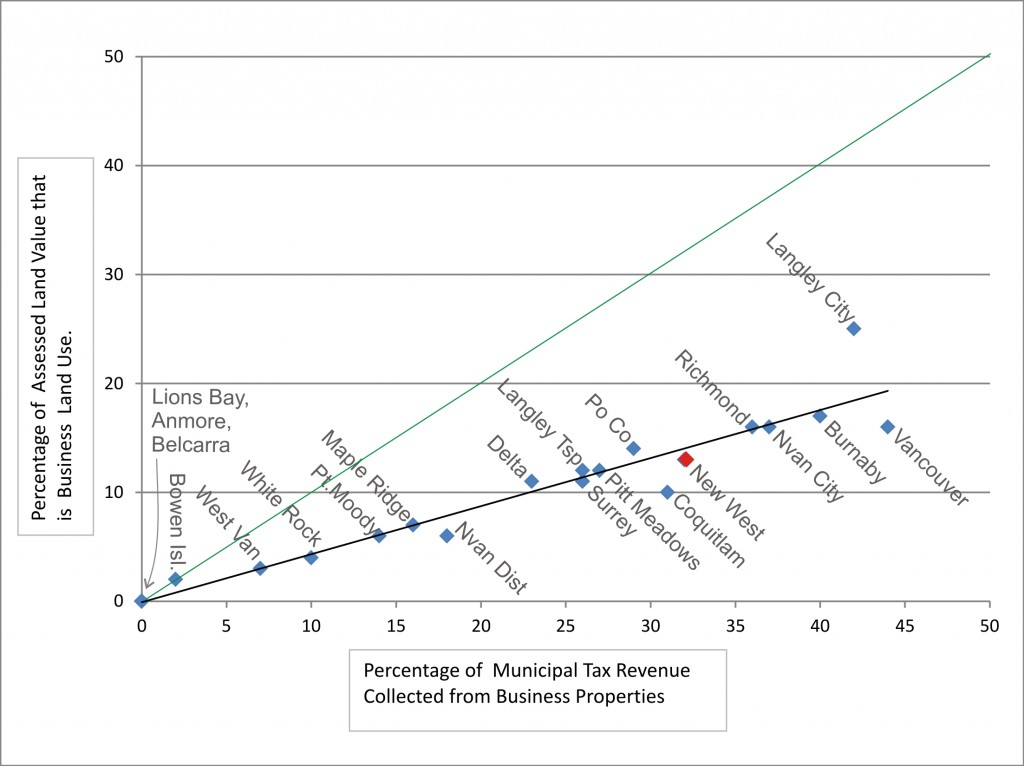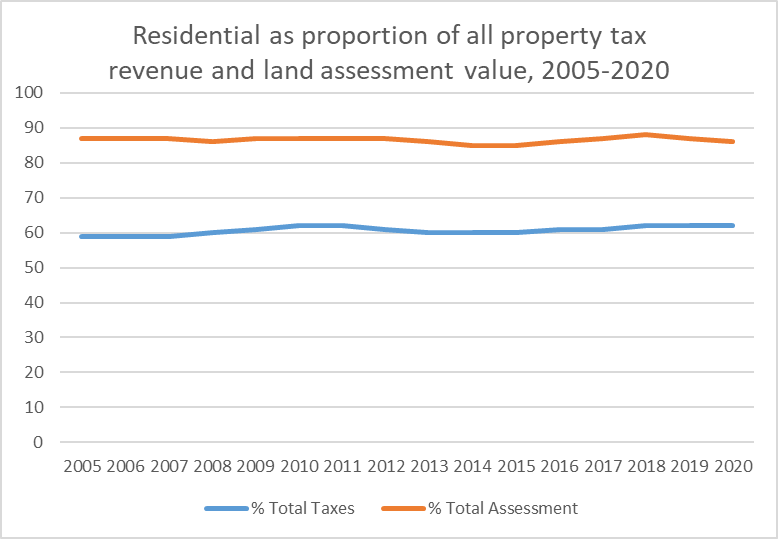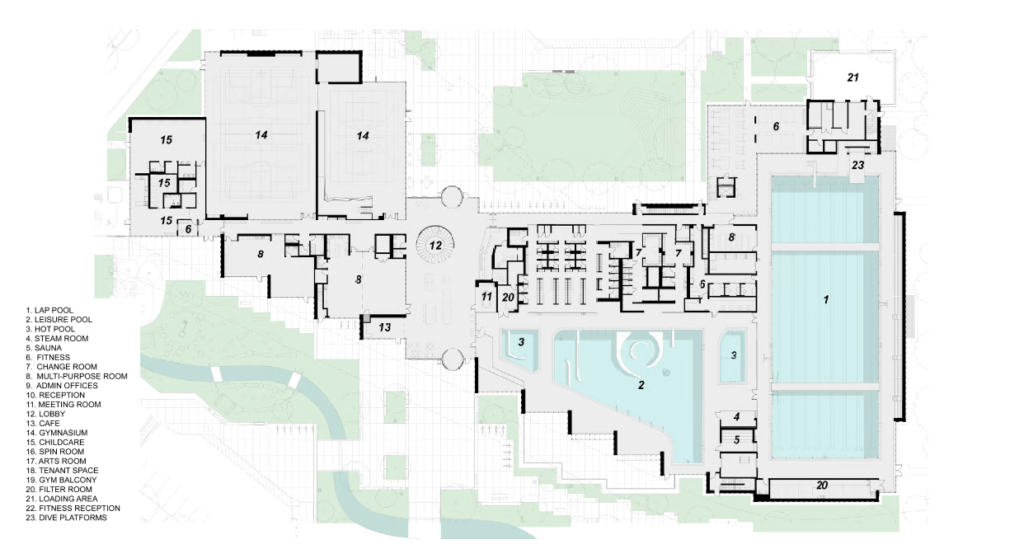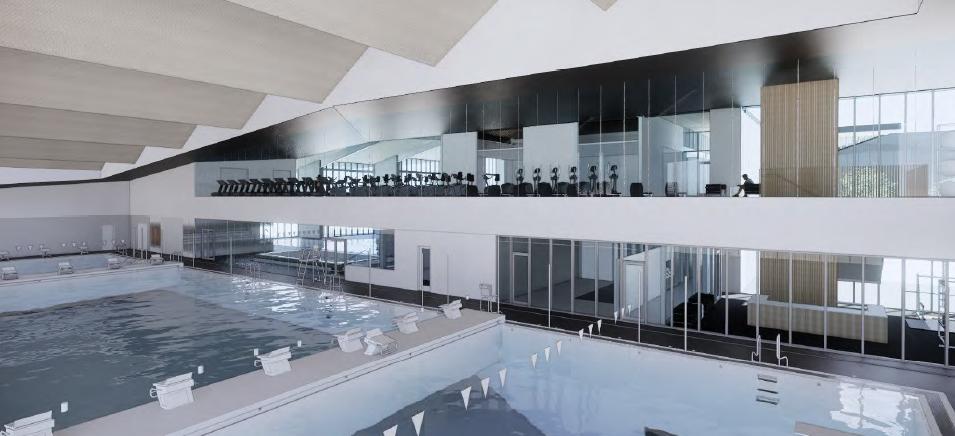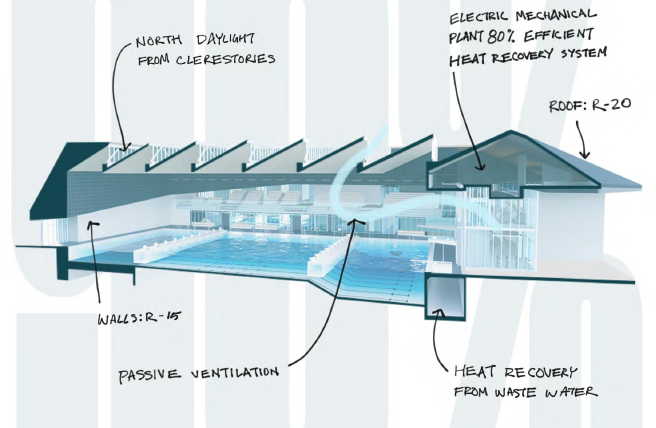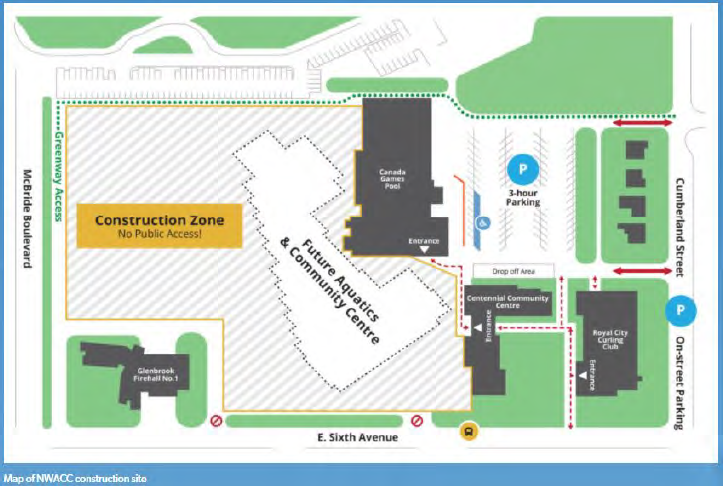…and it goes on. Got my first shot in the arm, cancelled my (admittedly ambitious) bike ride travel plans for the May Long Weekend, attended another remote meeting and thought about how lucky I am that I have a roof, a job, and an ability to do my work from home, while cursing the fact that this is all getting really stale and I just want to be around people again, while we had another Council Meeting. But it as a mercifully short agenda.
The following items were Moved on Consent
COVID-19 Pandemic Response – Update and Progress from the Five Task Forces
Here is our regular update on our Pandemic task forces. I think a year ago when they were put together, we had hoped they would be disbanded by now, but that’s not where we are. There are details in here about the ongoing work in the community to help vulnerable groups, including the support form senior governments we have managed to secure to fund some of these programs.
Update to Interim COVID-19 Food Truck Policy
Council decided last year to adjust how Food Trucks are regulated in light of the pandemic, and this resort is recommending we (for the most part) maintain those changes through 2021. I have a (I think pretty entertaining) rant about how irritated I am about our entire food truck program right now. My entire time on Council Food Trucks have been talking about food trucks, starting with two years of comprehensive public engagement to determine if and how we should allow this outrageous idea that is common around North America to operate in our City. Through that we created byzantine program that made it too difficult and costly for most operators to deal with, so very few took itup, yet still every time one did, we had push back from the same business community that guided us to the byzantine program we set up.
The first principle of the program we set up was, and I quote: “Encourage a variety of street food businesses to facilitate a vibrant and lively street, provide more local food choices in the community and promote social connectedness through the sharing of food.” And then everything we have done since has been opposite to this principle. Yet here we are, 6 years later, and our plan is to extend the current malaise to 2022, when I am sure we are going to spend much, much more time reviewing Food Truck policy than and Food Truck will spend operating in New Westminster. What a dismal failure.
320 Ewen Avenue: Cedar Island Remanufacturing Ltd.
There are people in Queensborough who live on the residential/industrial interface, and have some concerns about the impacts on livability from those industrial activities. On one hand, the industries were there long before the residential development encroached on their area, and there is a certain caveat emptor aspect to residents willing to deal with some impacts in exchange for reduced housing costs. However, we also expect all property owners to respect existing Bylaws which constitute the community standards we all agree upon (except railways, they get to do whatever the hell they want). In this case, the company is allowed to operate and do their work, but they are expected to adhere to City Bylaws (including noise Bylaws applicable to them). So there is some work to do here to assure they are compliant.
The Plywood plant was previously found to be exceeding noise levels permitted under the noise Bylaw, and are working to address those concerns though an acoustic consultant, and our Bylaws officers are on the case. Other concerns raised have been passed on to the appropriate regulatory agencies – Metro Vancouver for dust, Fraser Health for vector pests)
Metro Vancouver New Westminster Annacis Main No. 5 (North) Alignment
More big-time infrastructure work is coming New Westminster’s way, this time upsizing the water supply to areas South of the Fraser. This means a new line through the West End/Moody Park/Brow of the Hill, and after evaluating various routes, it looks like 13th Street is the best route. It is a quiet street with not much traffic, and has a really wide (30m!) right-of-way. This will no doubt be disruptive work for the residents, but Metro Van will keep access open and do their best to manage traffic impacts.
As the road is going to be dug up, the City is going to shift some of its sewer separation planning to this location, effectively doing this section of storm sewer installation and separation work before it was initially planned, so the road only needs be dug up once. There is also potential here for us to actually reduce the curb-to-curb width of 13th street, which is frankly too wide for such a low-traffic local-serving road. This gives us a chance to make it better for pedestrians and cyclists (it is a relatively low-grade hill through the West End), a chance to reduce the amount of the city covered with asphalt, and a chance to add more green space.
This is relatively preliminary (the actual construction will not likely start until 2022 or 2023) so there is engineering work to do, but we are on it!
2021 Spring Freshet Council Report – April 1st Snowpack
The Fraser River Basin snow pack is a little above normal, and the freshet flood risk is consequently a little higher than average, but nothing to panic about yet. The weather of the next few weeks will likely determine if we need to ramp up and kind of flood preparation. Nothing to panic about yet, but don’t pack the galoshes away just yet.
Queen’s Park Farm – Pilot Project to Transition towards Local Sustainable Food Production
Staff have been looking at transitioning the Queens Park Petting Farm to something a little more… uh… modern, which is always a scary term to use in the same sentence as Queens Park. The idea of a “petting farm” is a bit of a throw-back, and modern animal welfare practices and health standards have increasingly limited how such a facility can operate. That said, the idea of connecting people to the food systems that support us is part of the City’s larger food security vision, so there is a role here for some modified programming that is centered around food systems and education more than a petting zoo can provide. We have a bit of time to go through this, as the petting farm will not be opened in 2021 (due to COVID restrictions), but there are some great ideas in this report, which align well with some ideas I saw in Dartmouth, NS during an FCM trip a few years ago. Fun stuff coming!
The following items were Removed from Consent for discussion:
Appointment of Acting Director of Engineering
Our Director of Engineering is retiring after a distinguished career working for several Municipalities – 17 years with New West. We are looking for a replacement, but in the meantime, there are some regulated roles the Director Engineer plays in various Bylaws, so someone has to be delegated that authority in the meantime. We have a three senior Managers who are going to split those duties in an acting role until a new Director is hired.
330 East Columbia Street (Royal Columbian Hospital Redevelopment): Request for Construction Noise Exemption
The Hospital Project is asking to start work earlier on Saturdays that strictly permitted in our construction Noise Bylaw. In reading the report, I’m willing to accept this as reasonable in the scope of the project, and its potential impact on accelerating the program completion for what is a regionally-important project.
Recognizing that we are still likely to hear neighbourhood concerns, we are going to give them a year and ask them to re-apply before year two, so they can demonstrate they were proactive in addressing community complaints, and acknowledge what kind of feedback they are receiving in receiving and how they addressed that feedback. So we are giving them some slack, and are asking for some assurance of accountability in return.
New Westminster Outdoor Swimming Pools – Summer 2021
This is a follow-up on our previous discussion (resulting from a community petition) about Hume Pool not being open in 2021, with a lot more detail from staff. The short version: it will be expensive from both and operational and capital budget sense, we do not anticipated it will be very useable for most of the year due to ongoing Third Wave restrictions, and we may be challenged to even find staffing for the pool if we did open. The operating subsidy for Hume would be twice that per swim of the Moody Park pool, and there would actually be limited use with some significant staffing constraints. At this point opening Hume in 2021 will harm our ability to do some of the capital maintenance work that will support it re-opening in 2022. The recommendation is to no open for 2021, and I support it.
Education and Enforcement Working Group COVID Compliance Hotline – One Year Review
During the early days of the Pandemic, information was hard to come by. Everyone was making things up as we went along, and rules were changing, and were not necessarily being communicated effectively. One of the truisms of government is that angry people don’t call Ottawa, they call City Hall. So we responded by setting up a response line where people could ask questions, submit complaints or concerns, or at least get pointed to the best resources. This report shows the impact of that phone line after a year of operation. Lots of data bout the types of calls we got here, but in short, calls were fast and furious at the start then tapered off, with a bit of a surge as we entered the Second Wave back in November, and are now just over one call a day.
And that was the full Council experience. See you again next week!

